
Looking for an adventure? Black Canyon of the Gunnison National Park is a hidden gem in Colorado. This blog will guide you through its stunning sights and activities. Get ready for an amazing journey!
Key Takeaways
- The Black Canyon of the Gunnison National Park has unique geology that spans 1.7 billion years, showing Earth’s natural history through its rock layers.
- Key attractions include scenic drives on the South and North Rims, diverse hiking trails for all levels, and camping opportunities to experience nature closely.
- The park is home to impressive wildlife and over 900 plant species, making it a great place for nature enthusiasts to explore Colorado’s rugged beauty.
- Visitors can learn about the park’s history, including the role of the Denver & Rio Grande Railroad and the Gunnison Tunnel in its development.
- To fully enjoy the visit, planning is essential; best times are from June to September for various outdoor activities with nearby towns offering accommodations and services.
Geology of the Black Canyon

The Black Canyon’s geology tells a story spanning millions of years. From its ancient Precambrian formations to the shaping forces of the Gunnison River, the canyon’s rock layers reveal a timeline of Earth’s history and natural forces at work.
Precambrian formations
Precambrian formations in the Black Canyon of the Gunnison National Park are very old rocks. They formed about 1.7 billion years ago. These rocks are mostly hard, crystalline basement rocks which can be seen on the canyon’s walls.
They show us how long and complex Earth’s history is.
After these ancient times, more layers were added on top during the Cretaceous-Tertiary period.
Cretaceous-Tertiary developments
The Black Canyon saw big changes during the Cretaceous-Tertiary period. Large rivers carried sand and mud to the area, creating layers of rock over millions of years. This process formed much of the canyon’s foundation.
Later, a huge event called the KT Extinction happened about 66 million years ago. It wiped out many creatures, including dinosaurs.
After that extinction, new life began to fill the void in Western Colorado. The land lifted up due to tectonic movements, making higher ground where the Black Canyon now stands. These shifts caused cracks and breaks in the Earth’s surface, helping shape today’s steep cliffs and deep gorges seen at Black Canyon of the Gunnison National Park.
Quaternary shaping by the Gunnison River
Over time, the Gunnison River carved deep into Colorado’s landscape. This process made the Black Canyon of the Gunnison National Park. The river cut through rock, creating steep walls and unique shapes.
It worked for two million years to shape the canyon we see today.
Water from glaciers helped too. It made the river stronger and faster in its work. Today, visitors can see tall cliffs and narrow spires that tell a story of natural power and time.
These features continue to change, even if very slowly, showing nature’s ongoing artwork.
History of the Park
The park has a rich history tied to the Denver & Rio Grande Railroad and the innovative Gunnison Tunnel. Its status as a National Park reflects its significance, making it an intriguing destination for history buffs.
The Denver & Rio Grande Railroad
The Denver & Rio Grande Railroad played a significant role in opening up access to the Black Canyon of the Gunnison. Constructed in the late 19th century, it facilitated tourism and economic development.
The railroad’s routes provided visitors with easier travel to experience the stunning gorge and its surroundings. It was an important element in establishing the area as a national monument and later as a national park.
Next, let’s delve into “The Gunnison Tunnel” – another crucial aspect of the history of this magnificent park.
The Gunnison Tunnel
The Gunnison Tunnel, completed in 1909, diverts water from the Gunnison River to provide irrigation for the Uncompahgre Valley. The tunnel is approximately 5.8 miles long and helps agricultural lands thrive by delivering vital water from the river through a direct path.
This engineering marvel plays a crucial role in supporting farming and agriculture in Western Colorado, contributing to the region’s economy and sustaining local communities with a steady water supply.
Visitors can appreciate this feat of ingenuity as they explore the rich history and environmental impact of the Gunnison Tunnel within Black Canyon of the Gunnison National Park.
Establishment as a National Park
In 1999, Black Canyon of the Gunnison was designated as a national park. This move elevated its status from a national monument to a protected area managed by the National Park Service.
Now, it stands proudly among Colorado’s natural beauties, attracting visitors with its steep cliffs, rock formations, and dramatic spires.
The change has brought increased recognition and resources to the park. Today, it offers more facilities and programs for visitors to enjoy outdoor recreation amid its unique geological features along with guided tours that delve into its rich history and diverse wildlife.
Popular Activities
Explore the scenic drives along the South Rim and North Rim, hike diverse trails for all experience levels, and take advantage of camping opportunities. Discover more about these exciting activities by reading on!
Scenic drives along the South Rim and North Rim
The South Rim Drive and North Rim Drive offer breathtaking views of the Black Canyon’s sheer cliffs, winding river, and rugged landscapes. The South Rim Drive is 7 miles long with several overlooks showcasing the canyon’s depth and geologic features.
On the other hand, the North Rim Drive spans 6 miles and provides a different perspective of the stunning rock formations and the Gunnison River below. These scenic drives are easily accessible by car, allowing visitors to witness the dramatic beauty of the Black Canyon at their own pace.
With multiple turnouts along both routes, visitors can take in panoramic vistas while learning about the canyon’s geological history through interpretive signs. The contrasting landscapes visible from these drives make them a must-do for anyone seeking an awe-inspiring experience within this national park’s remarkable natural beauty.
Hiking trails for all experience levels
Black Canyon of the Gunnison National Park offers hiking trails suitable for all levels. The Cedar Point Nature Trail, an easy half-mile loop, showcases breathtaking canyon views. For a moderate trek, South Rim’s Oak Flat Loop provides a 2-mile scenic hike through diverse terrain.
Experienced hikers can tackle the challenging Warner Point Trail, spanning 1.5 miles with panoramic vistas of the canyon. These trails enable visitors to immerse themselves in the park’s natural beauty and geological wonders.
The Black Canyon of the Gunnison National Park boasts hiking trails catering to every level of hiker, from easy strolls to challenging treks that reward with stunning views of the rugged landscape and awe-inspiring rock formations.
Whether you’re seeking a leisurely walk or a more demanding adventure, there’s a trail suited for your expertise at this national park nestled within Western Colorado’s Rocky Mountains.
Next up is “Camping opportunities.
Camping opportunities
The Black Canyon of the Gunnison National Park offers camping opportunities for visitors looking to immerse themselves in nature. The park features three campgrounds, each offering a different experience.
The South Rim Campground provides breathtaking views of the canyon and has 88 sites available on a first-come, first-served basis. The North Rim Campground offers a more secluded setting with 13 sites suitable for tent camping and is also first-come, first-served.
For those seeking a more primitive camping experience, East Portal Campground sits beside the Gunnison River and has six walk-in sites.
Visitors can enjoy stargazing, campfire camaraderie, and waking up to stunning sunrise vistas during their stay at these campgrounds within the park. While camping at Black Canyon of the Gunnison National Park allows travelers to fully embrace the natural beauty and tranquility of this remarkable location.
Continuing our exploration of the wonders offered in Black Canyon of the Gunnison National Park, let’s delve into some popular activities that are sure to make your visit unforgettable.
Attractions
Explore the steep cliffs and dramatic spires that line the canyon, creating a stunning backdrop for your visit. Discover viewpoints along the Gunnison River to witness its power as it carves through the rock, and keep an eye out for the diverse wildlife and unique flora that call this rugged landscape home.
Steep cliffs and dramatic spires
The Black Canyon of the Gunnison National Park is renowned for its steep cliffs and dramatic spires, carved over millions of years by the powerful Gunnison River. Some of these sheer canyon walls plunge more than 2,000 feet down, creating a breathtaking and awe-inspiring sight.
The ancient Precambrian rock formations contribute to the rugged and almost otherworldly landscape that entices visitors from around the world. As you explore this natural wonder, keep an eye out for unique flora and wildlife that thrive in this challenging environment.
The park’s South Rim offers various viewpoints allowing you to marvel at the canyon’s imposing grandeur. Whether you’re an avid hiker or simply enjoy scenic beauty, there are trails suitable for all levels of experience that grant access to some of the most enchanting vistas in America’s national parks system.
With its striking geological features and unparalleled natural beauty, the Black Canyon is a must-visit destination for anyone seeking outdoor recreation amidst truly spectacular surroundings.
Gunnison River viewpoints
The Gunnison River viewpoints offer breathtaking scenes of the canyon, showcasing the impressive 2 billion-year-old rock formations and the powerful river below. The Painted Wall viewpoint provides an awe-inspiring sight – it’s a dramatic sheer cliff rising 2,250 feet above the river, making it one of the tallest walls in Colorado.
At Chasm View, visitors can witness the narrowest part of the canyon at only 1,100 feet across with vertical cliffs dropping to meet the Gunnison River nearly 1,800 feet below. These viewpoints provide an up-close look at nature’s raw beauty and geological wonders.
Visitors should take note that these viewpoints are located along both South Rim and North Rim drives and offer convenient parking facilities. To ensure a comfortable experience, it’s advisable to carry water bottles for hydration due to high elevation and wear sunscreen as these areas often have intense sunlight exposure.
Additionally, binoculars are recommended for spotting wildlife activity or appreciating details from afar.
Wildlife and unique flora
The Black Canyon of the Gunnison National Park is home to diverse wildlife and unique flora. Visitors may catch glimpses of mule deer, elk, and golden eagles as they explore the park’s trails and scenic viewpoints.
The area boasts over 900 plant species, including prickly pear cacti and towering ponderosa pines. Keep an eye out for blooming wildflowers during spring and summer months, adding vibrant colors to the rugged canyon landscape.
Exploring the diverse wildlife and unique flora at Black Canyon of the Gunnison National Park offers a memorable experience for nature enthusiasts. From spotting soaring raptors to marveling at resilient desert plants, this park provides ample opportunities for observing and appreciating Colorado’s natural beauty.
Next, let’s dive into “Planning Your Visit” to ensure you make the most of your trip to this incredible national park.
Planning Your Visit
When to visit the park depends on what you want to do. Nearby towns offer a variety of accommodations and services for visitors.
Best times to visit
Visit Black Canyon of the Gunnison National Park from June to September for warm weather and clear skies. The summer months are ideal for hiking, wildlife viewing, and exploring the scenic drives along the South Rim and North Rim.
Spring (April-May) brings wildflowers and comfortable temperatures, making it a good time for outdoor activities. Fall (October-November) offers beautiful foliage colors but be mindful of changing weather conditions.
Winter access is limited due to snow, but it’s perfect for experiencing the park in a serene setting away from crowds.
Plan your visit during late spring or early fall when the weather is pleasant, wildlife is active, and the canyon’s beauty shines through without extreme temperatures prevailing at other times of year.
Avoid visiting during winter if you’re not prepared for snowy conditions that make some trails inaccessible; whereas midsummer can get crowded with tourists seeking outdoor adventures in prime weather.
Nearby towns to explore
After exploring the Black Canyon of the Gunnison National Park, consider visiting nearby towns to continue your adventure. Montrose, a 30-minute drive from the South Rim entrance, offers various dining options and cultural attractions.
Another nearby town is Delta, known for its historic downtown district and proximity to outdoor activities such as fishing at Confluence Park. Additionally, Ridgway presents an opportunity to experience small-town charm while being surrounded by scenic mountain views.
These neighboring communities provide a chance to immerse yourself in local culture and enjoy additional outdoor recreational opportunities after your visit to the impressive Black Canyon of the Gunnison National Park.
Tips for a safe and enjoyable trip
Before embarking on your adventure to Black Canyon of the Gunnison National Park, remember to check the weather conditions. The park’s steep cliffs and unpredictable terrain demand sturdy footwear and plenty of water.
Heed trail signs and stay on designated paths for a safe and enjoyable trip. Also, be mindful of wildlife; keep a respectful distance for their safety and yours. Lastly, be sure to carry essential equipment like a first-aid kit, map, and sun protection gear for an unforgettable experience in this awe-inspiring natural wonder.
Remember to plan your visit during the peak season from late spring to early fall when the facilities are widely open for visitors’ convenience. Moreover, familiarize yourself with nearby towns such as Montrose or Gunnison where you can stock up on supplies or find accommodation before entering this majestic wilderness.
Conclusion
Black Canyon of the Gunnison National Park is a hidden gem for nature enthusiasts. With its steep cliffs, rock formations, and rugged beauty, it offers an unforgettable experience.
Visitors can explore scenic drives, hiking trails, and camping sites while immersing themselves in the park’s natural splendor. Whether you’re eager to witness stunning geological features or seek outdoor adventure, Black Canyon of the Gunnison National Park promises an enriching getaway amidst Colorado’s breathtaking landscapes.
FAQs
1. What is Black Canyon of the Gunnison National Park?
Black Canyon of the Gunnison National Park is a stunning natural area in Colorado. It features deep, steep cliffs and beautiful views of the Gunnison River. People visit to hike, fish, and enjoy nature.
2. How do I get to Black Canyon of the Gunnison National Park?
To reach Black Canyon, you can drive from nearby towns like Montrose or Gunnison. The park has well-marked roads and signs that guide you right to it.
3. What activities can I do at Black Canyon of the Gunnison?
At Black Canyon, visitors can hike on various trails, go fishing in the river, or simply take in breathtaking views from lookout points. Photographers love capturing its beauty too!
4. When is the best time to visit Black Canyon of the Gunnison?
The best time to visit is during spring and fall when temperatures are mild and crowds are smaller. Summer offers warm weather but can be busy with tourists enjoying all that this amazing park has to offer!
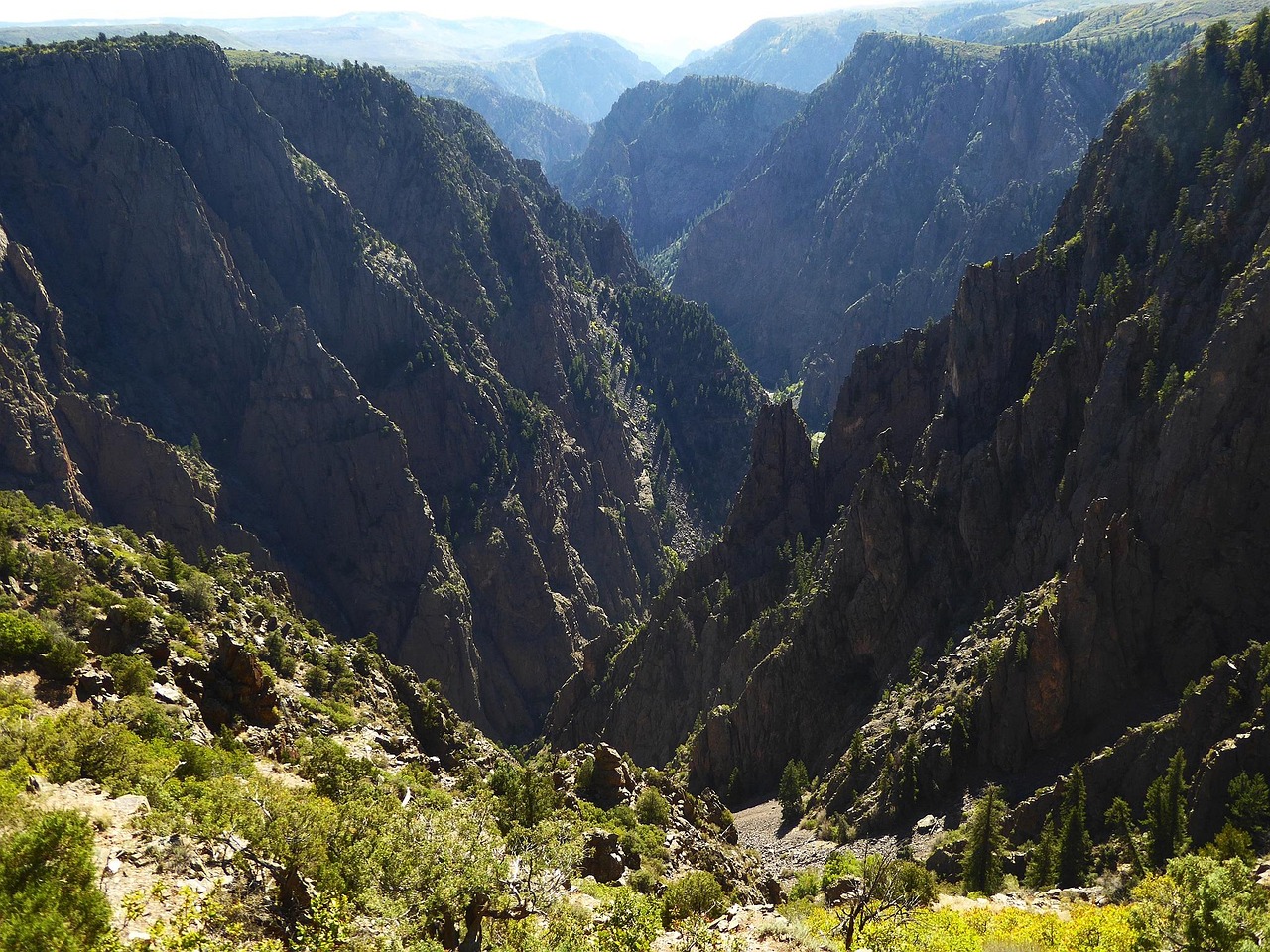
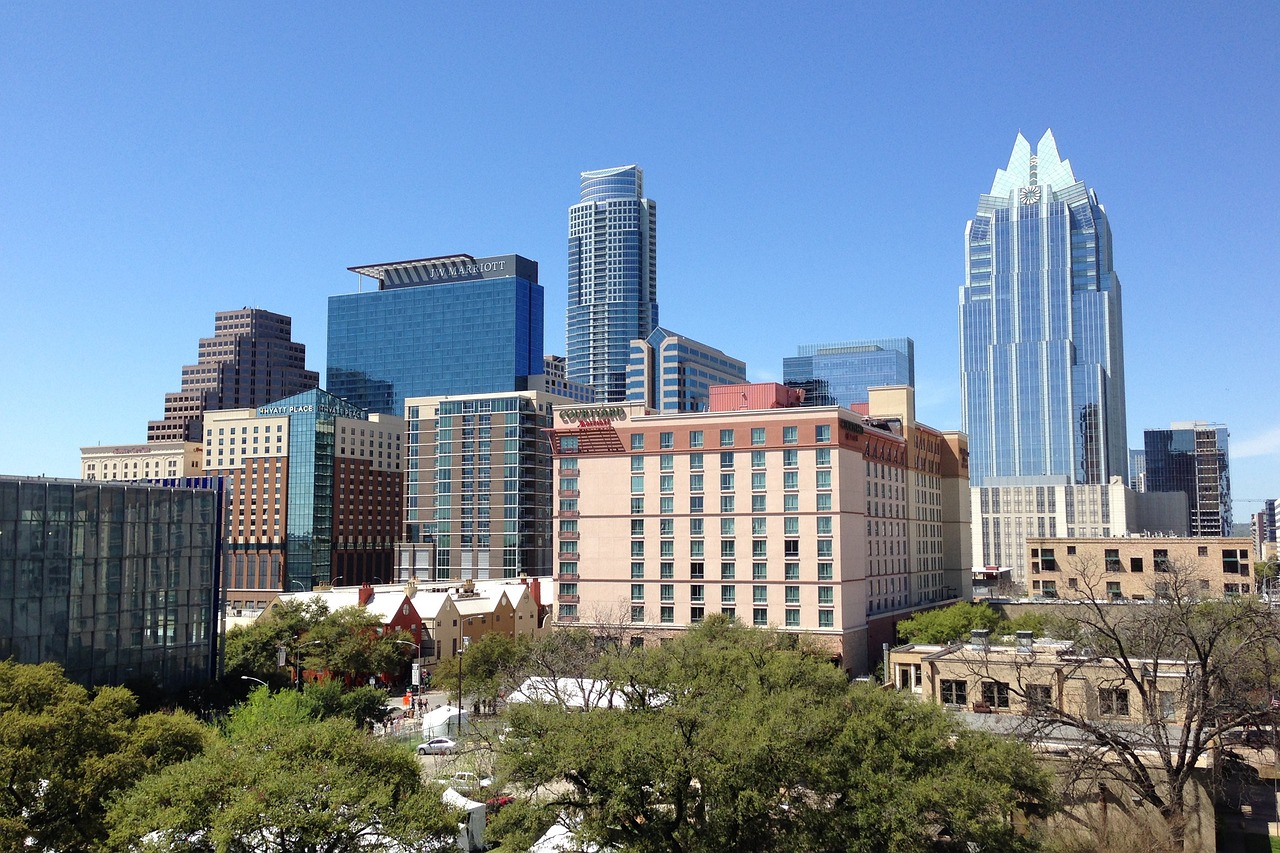
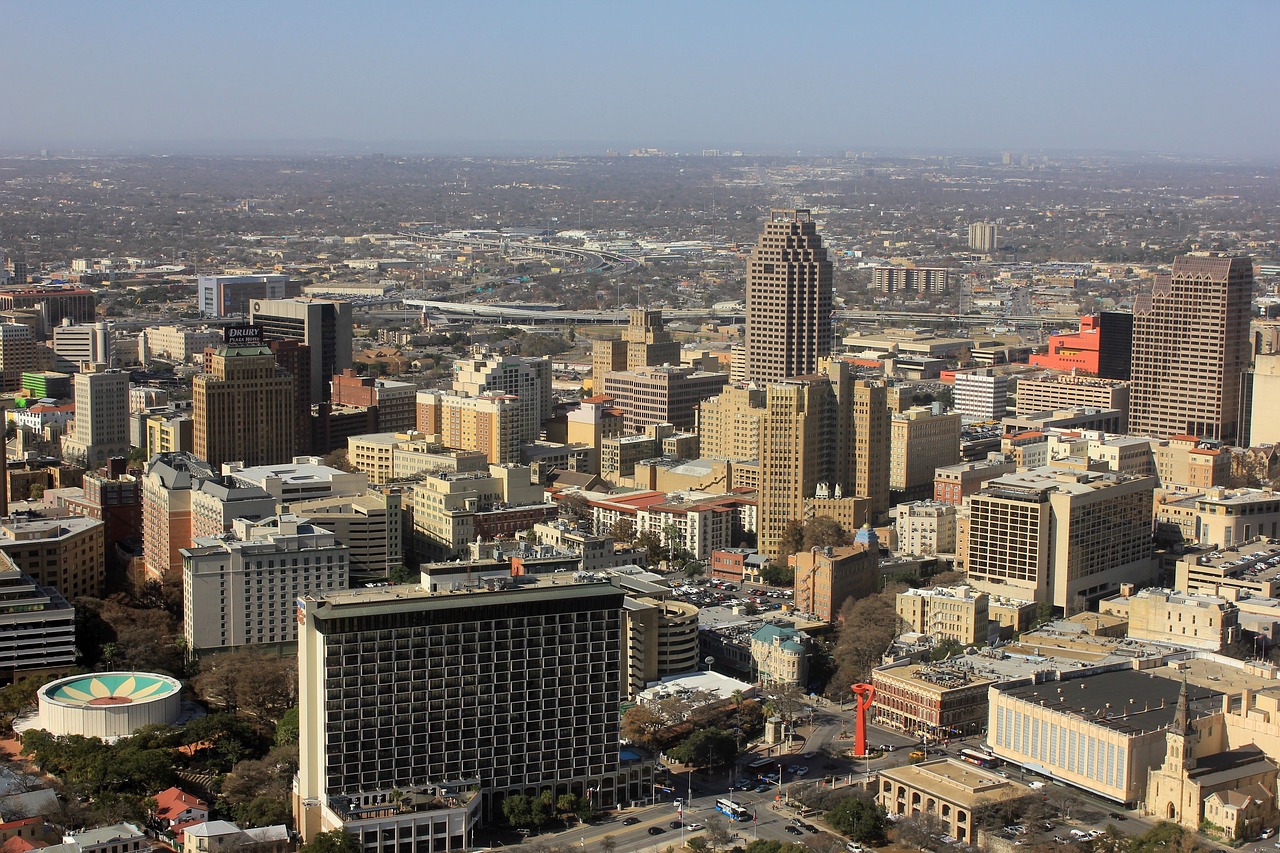
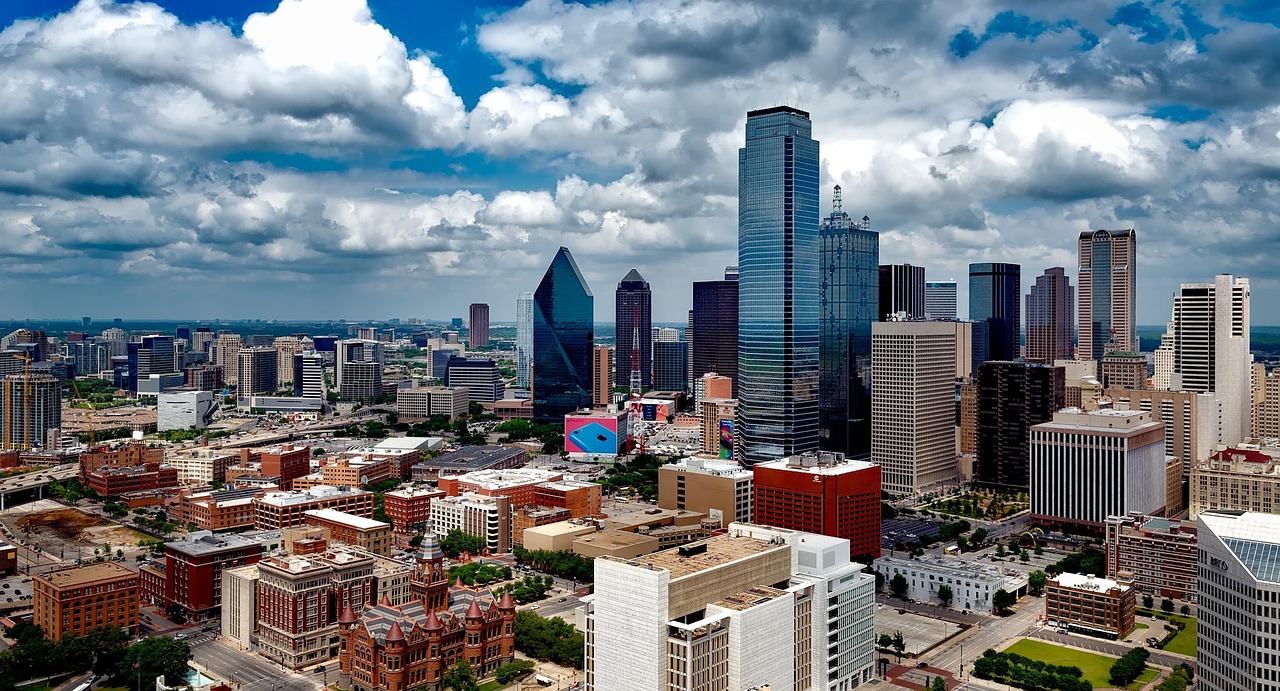
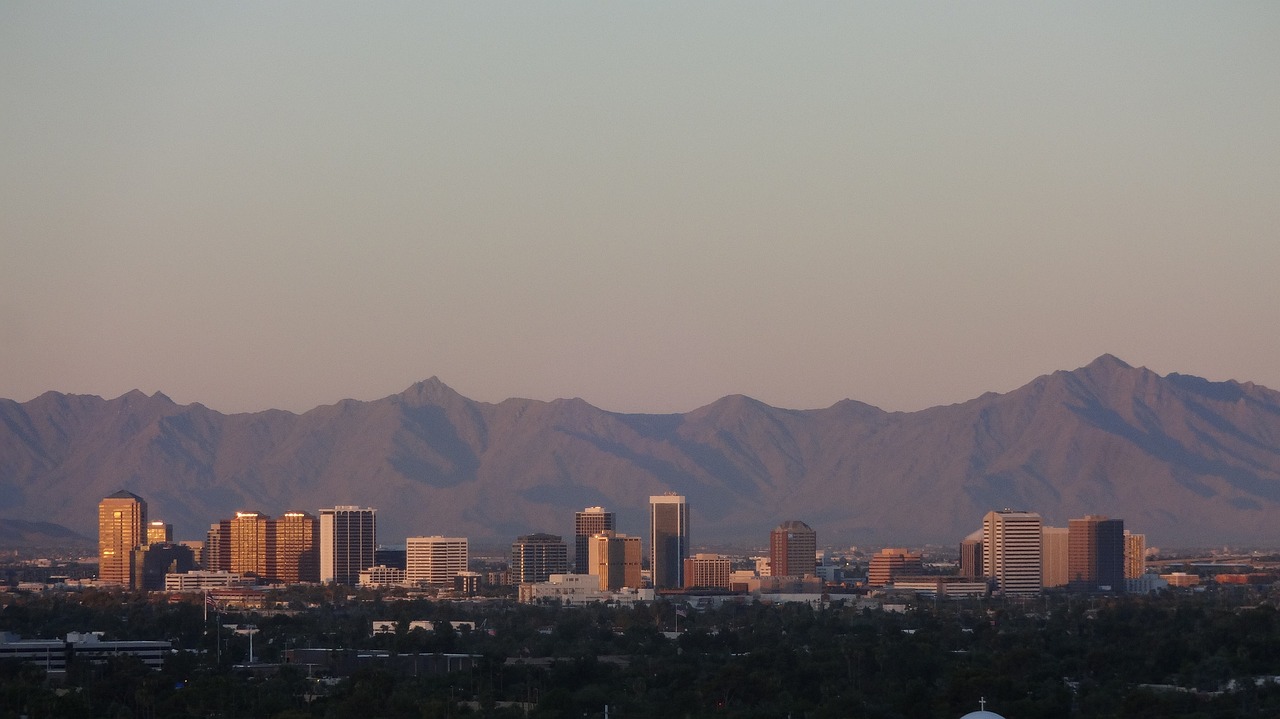


Leave a Reply